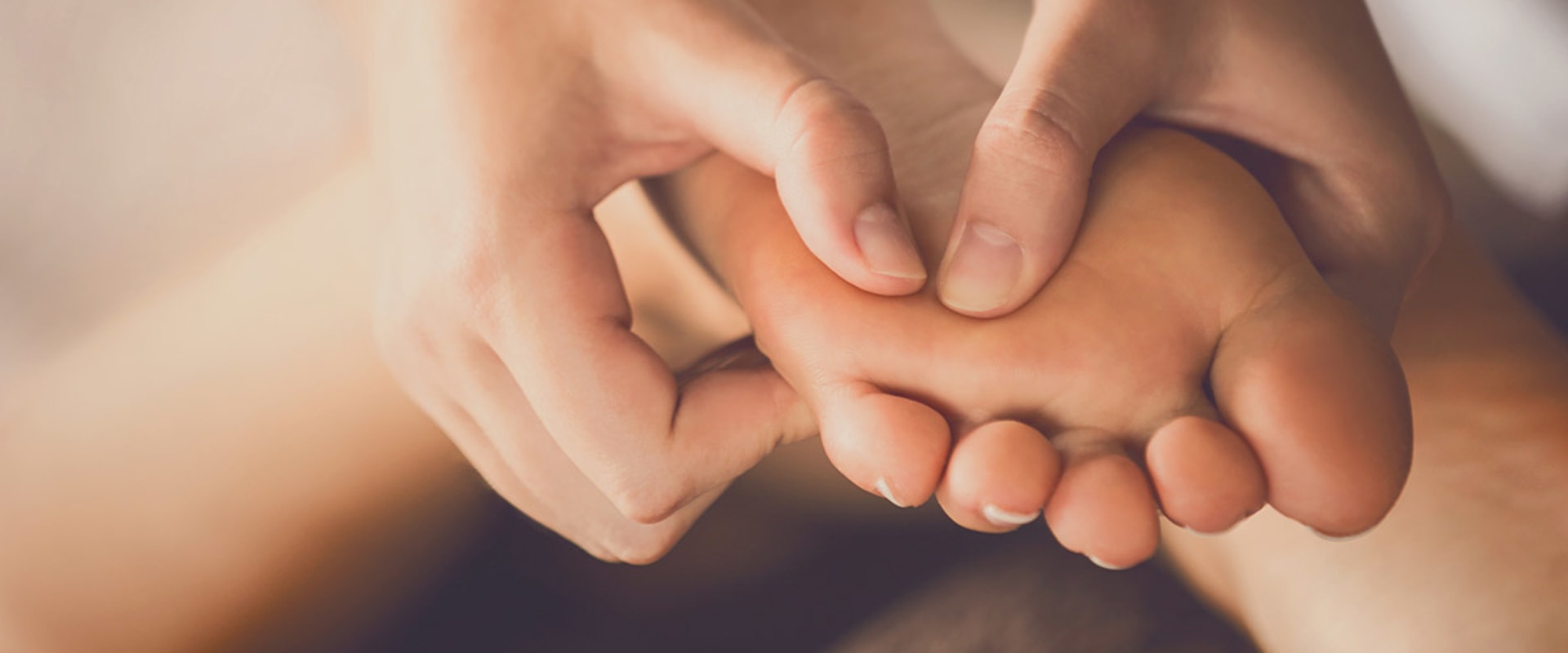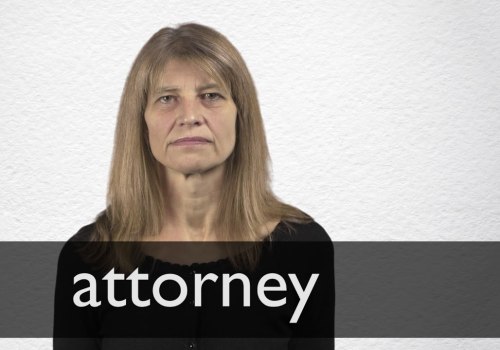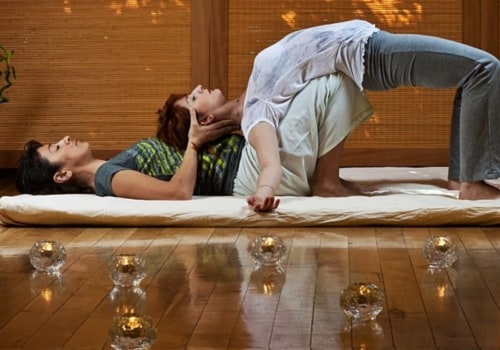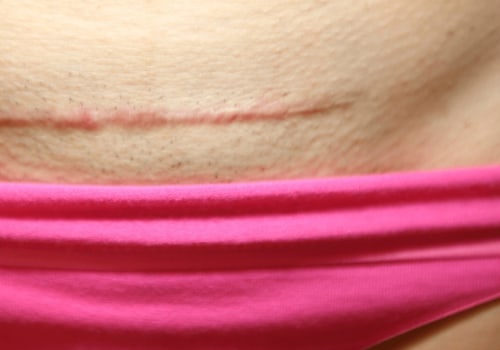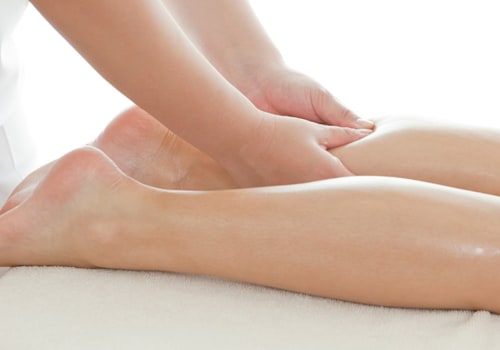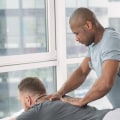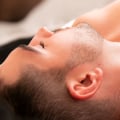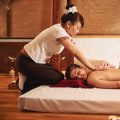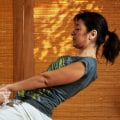The first thing every massage student must master is “the basics”. The four basic massage movements are effleurage (light or deep stroking), petriage (kneading), tapotement (soft slaps) and friction. Effleurage is intended for relaxation and the release of tension, and is usually performed with the therapist's hands and forearms. Petrisage, or kneading, is a practice of separating muscle from bone, helping to relieve muscle spasms.
Tapotement involves gently tapping or cupping the skin with your hand to create an effect similar to that of percussion. Friction is the concentration of pressure at a specific point, using very small, focused circular movements to release tension at specific points. Finally, vibration is a massage technique in which the body's tissues are pressed and released in an up and down motion.
Effleurage
Effleurage is a smooth, fluid line that is usually directed toward the direction of the heart to stimulate blood flow.It is used to start and end each massage to ensure that your patient relaxes to the fullest. A massage therapist can gather a lot of information about a person's connective tissue on the table with just one detail. Is the fabric supple or hard like a rock? Does it move or is it stuck to the underlying structures? How deep the therapist can go into the muscles depends on the tissue response.
Petrisage
Once a massage therapist has a general idea of the state of effleurage tissues, they will usually transfer their techniques to include petrissage.The word petrissage comes from the French word pétrir, which means “knead”. Compared to effleurage, petrissage generally has a more profound effect on soft tissue and includes kneading, squeezing, lifting, shaking, twisting and rolling.
Tapotement
The action of tapotement is very similar to what the name sounds like. It is frequently applied to the extremities of athletes before sporting events to increase circulation in the area.Tapotement administered over a short period of time is quite stimulating, while a longer session can cause fatigue in a muscle or muscle group and be very relaxing. Other therapists use tapotement for longer periods of time on certain clients, where it softens the fabric enough to make it more malleable and manageable.
Friction
Friction massage is usually done with the ball of the thumb or a pointed object. It is a deep pressure massage that is performed with small circular or crossed movements of fibers to penetrate deep tissues.Friction is especially effective in remodeling scar tissue and softening adhesions.
Vibration
Vibration as a massage technique is an efficient way to stimulate deeper tissues and organs. Vibration can affect the superficial parts of the body, as well as the deeper internal organs. Some of the benefits of vibration include relaxation, improved nerve function and muscle relaxation.In short, these five types of Swedish techniques – effleurage, petrissage, tapotement, friction, and vibration – promote circulation and the softening of connective tissue. Understanding these basic concepts and techniques gives you the solid foundation you need to expand and grow as a professional massage therapist. However, if you're unsure about booking a session with a therapist, using a percussion massager or massage gun such as Opove M3 Pro is another good option.
